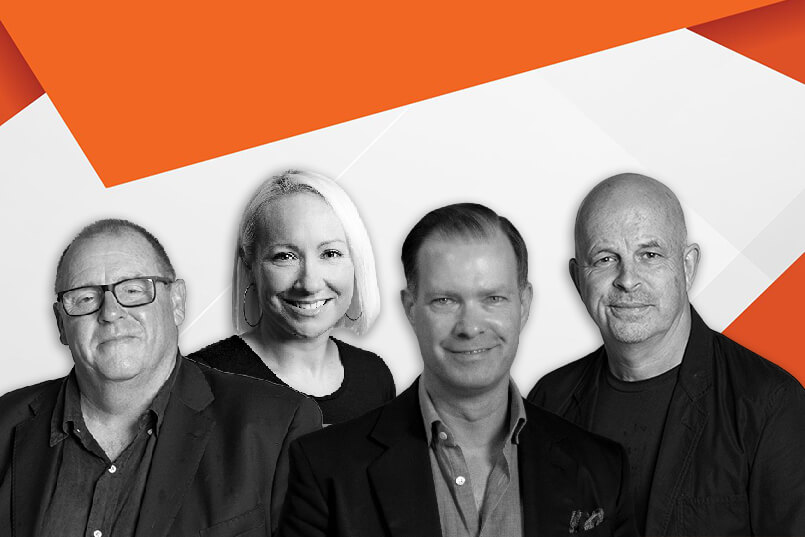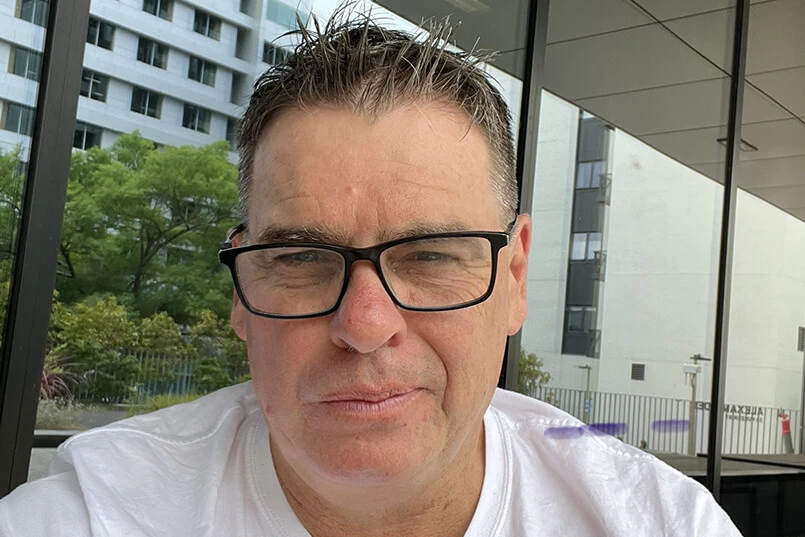In October 2011 I was invited to a meeting with a marketer who provided a confidential briefing on a new strategic direction the brand was taking and shared with me that the organisation was questioning if they had the right agency partners to take them on this re-positioning.
That’s right, they wanted to review their creative, media and digital agencies in the 10 weeks prior to the Summer break with the view to appoint or re-appoint all three agencies in the early New Year.
Three reviews, to be held concurrently over a ten week period.

In the discussions, one of the key issues that came up regularly was the lack of collaboration and alignment between the incumbents. This was a major concern in the development and execution of a significant brand repositioning.
We worked with the marketing and procurement leadership team and detailed our process for Strategic Supplier Search & Selection. Previously, we had regularly invited the other strategic rostered agencies to participate in selected parts of the process to ensure collaborative fit.
It was proposed that we would run this process concurrently for the three disciplines with the following modifications specifically to accommodate the requirements of this unusual request:
- Project establishment – we were very detailed up front in defining the requirements of each agency type and also defining the stakeholders who would be involved in the process.
- Market search – against the brief defined for each category we use our agency register to form the long list and then conducted confidential one-on-one interviews with the high potential prospects to create a recommended list from which the invitation list was selected by the marketers for the next stage.
- Request for Credentials – a maximum of six agencies in each category of agency, including the incumbent received the Request for Information (RFI) to substantiate capability, expertise and suitability through case studies, examples and details focusing on the client category.
- Chemistry Sessions – the agencies met the client for the first time. During these sessions there were many questions on the agencies they worked with, had worked with in the other categories, without revealing the invited agencies. From this the marketing team and procurement short-listed 3 agencies in each category, primarily on the capabilities and chemistry and secondarily on the potential chemistry mix between the agencies in each category. This created three groups of creative, media and digital agencies based on their past experience working together and their cultural fit.
- Strategic Workshops – the agency groups were each invited to hold a full day workshop with the marketing team. It was explained that while they had been grouped, they would not be appointed as a group, but that the purpose was really to work with each group to see how they worked together and with the marketing team collaboratively.
- Financial Proposal – following the strategic workshops, the preferred agencies were selected and we then benchmarked the financial proposals provided by the agencies prior to the Workshops to determine the relative value of each of the agencies. Interestingly, of the three groups of agencies, two agencies came from one group and one from the other.
- Negotiation and Contracting – The final stage prior to appointment was the negotiation with the successful agencies and finalising the signing of the contract.
Some critical success requirements for the process:
- We described the process up front and in detail to all of the agencies to ensure they were comfortable with the proposed process and had their support for it.
- Capabilities, chemistry and collaboration were all equally important in the selection process, but applied at different stages of the process as a filter.
- We encouraged input from the agencies at each step of the process to ensure that all of the agencies in each of the disciplines were comfortable at each stage.
The advantages of this process for the marketer are:
- The agencies were selected on their suitability in capabilities and chemistry with the marketers, but also their collaboration with the marketing team and the other strategic agencies.
- The marketers were able to assess the performance of each agency individually against their core speciality and competency and assess their approach and delivery of working collaboratively.
- The appoint of the three new agencies (media, creative and digital) was delivered within the 10 weeks and the marketers felt that the transition to the new agency teams was seamless with the agencies quickly taking over the existing work in progress and working together on developing the new positioning.
While I would not recommend switching out all of your agencies at once, (the potential disruption and risk was mitigated by the desire for significant change) the process certainly achieved the desired results with the new agencies proving they had the capabilities, chemistry and collaboration required during the selection process.
The agencies were also strategically aligned to the marketing team and their requirements which made the transition and implementation process faster and easier.
The agencies (those that were selected and even those that were not) and the marketing team all saw the process as incredibly beneficial.
Can you see the benefits (or even the risks) of this approach? Let me know by leaving a comment here.





4 thoughts on “Achieving alignment and collaboration with our agency search and selection process”
This is a sound process IMHO and I like the fact that there are no hidden commissions involved with the way TrinityP3 works. This means that all businesses are considered and not just those that are prepared to pay a commission. Having been a creative himself in the past I feel Darren is able to discern good work in a way that others can't.
TrinityP3 is a good inspiration for me personally.
Thanks Anne. I appreciate the support.
Darren,
I agree with your points about the need to work collaboratively. With the availability of affordable online 'cloud' software that support team communications and project management we believe agencies have no excuses when it comes to keeping their clients in the loop.
I recently blogged on this issue myself in case you are interested:
http://in.kahootz.com/blog/?Tag=Marketing+Agencie…
Hi John
Thanks for your comment and the link to your blog post.
While collaborative tools are part of the solution, it is more important to develop and foster the level of trust between all parties. Recently Shawn Callahan of Anecdote posted a view on the reasons why people do not use collaboration tools that you may find interesting. Check it out.
https://www.trinityp3.com/team-collaboration/
There is also another post that you may find interesting on the difference between collaboration, cooperation and coordination.
https://www.trinityp3.com/marketing-processes/collaboration-cooperation-coordination/
In fact many of the tools available that purport to be collaboration tools are really cooperation and coordination tools.
Comments are closed.